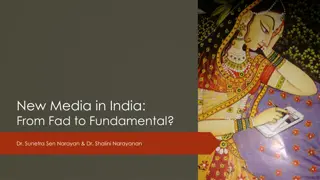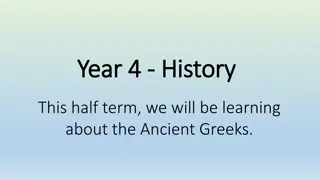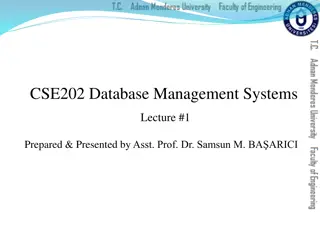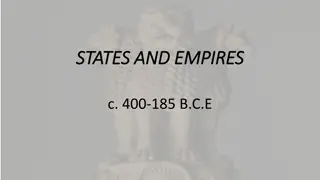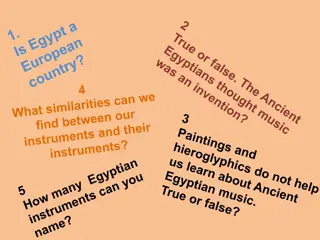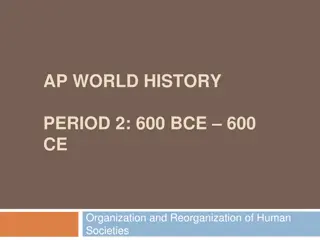The Evolution of India's Name from Ancient Times
The history behind India's name evolution from the ancient 'Sindhu' referring to the Indus River to the modern 'India'. The journey through Persian and Greek influences, leading to the term 'India' in the 17th century, despite the Indus River now flowing predominantly through Pakistan and Jammu & Kashmir. Explore the linguistic transformations mirroring cultural and historical shifts.
Download Presentation

Please find below an Image/Link to download the presentation.
The content on the website is provided AS IS for your information and personal use only. It may not be sold, licensed, or shared on other websites without obtaining consent from the author. Download presentation by click this link. If you encounter any issues during the download, it is possible that the publisher has removed the file from their server.
E N D
Presentation Transcript
GOOD MORNING DR.J.NIRMALA
PATRIOTISM I LOVE INDIA
RESPECT ALL INDIANS I AM RESPONSIBLE FOR ALL ELDERS OF MY COUNTRY I SALUTE OUR BROTHERS IN INDIAN ARMY
IAM INDEBTED TO CARE THEIR FAMILIES IAM THE STEWARD RESOURCES OF MY COUNTRY FOR ALL
The geographic region containing the Indian subcontinent.
The official name of the Republic of The official name of the Republic of India was derived from the Sanskrit India was derived from the Sanskrit name ' name 'Sindhu Sindhu' that referred to Indus ' that referred to Indus River. River.
By the time the Persians conquered both, the then Indian subcontinent and Greece in 5th century BCE, 'Sindhu' became 'Hindus' to mark the 'land of Hindus'. From the Greek Herodotus (4th century BC) 'Hindus' evolved to 'Indos' and made its first ever appearance in Old English in 9th century. Finally, in 17th century as 'Indos' made way to Modern English the name 'India' came into existence.
Although the name was inspired from the Indus, the river now runs mostly through Pakistan, Jammu & Kashmir in India and western Tibet.
'Hind' 'Hind' is is the ' 'Sindh Sindh' ' that ' 'stan stan' ' in in Persian much much like like ' 'sthana 'place' 'place'. . the Persian Persian equivalent that refers refers to to the Persian means means ' 'lan'd sthana' ' in in Sanskrit equivalent of of Iranian the Indo Indo- -Aryans Aryans . . lan'd or or 'country,' Sanskrit that Iranian 'country,' that means means During During the 'Hind' 'Hind' was northwestern northwestern subcontinents Indo Indo- -Aryan Aryan culture culture was the British British Raj was widely widely used subcontinents of of India was strongly Raj in in India, used for for the India, the the north India where strongly based based. the term term north and where and
HINDUSTAN Sindh Sindh - -THE RIVER THE RIVER Indus Indus stan stan - - country country
Inquilab Zindabad IT is a Hindustani phrase which translates to "Long live the revolution!"
This slogan was coined by the Urdu poet and Indian freedom fighter Maulana Hasrat Mohani in 1921.








